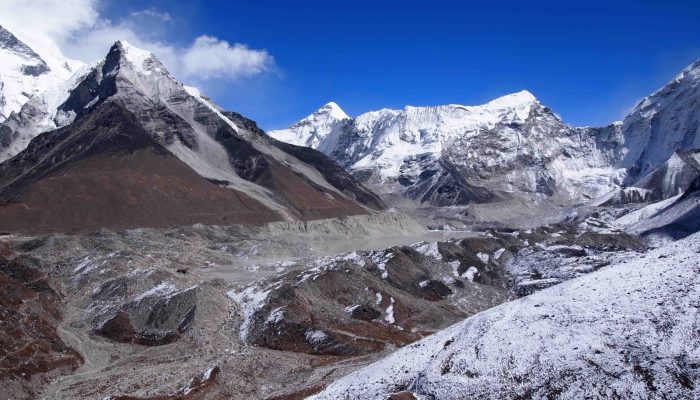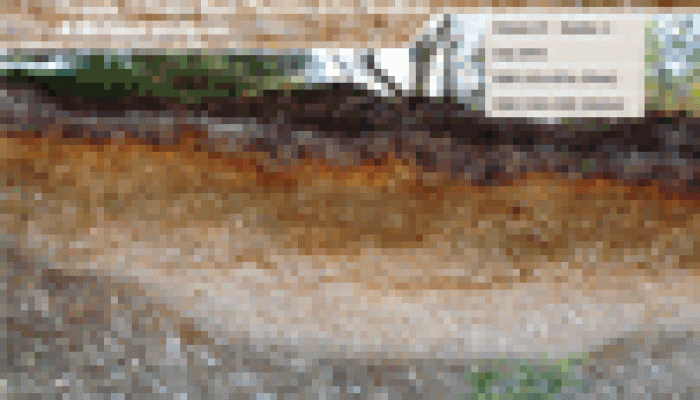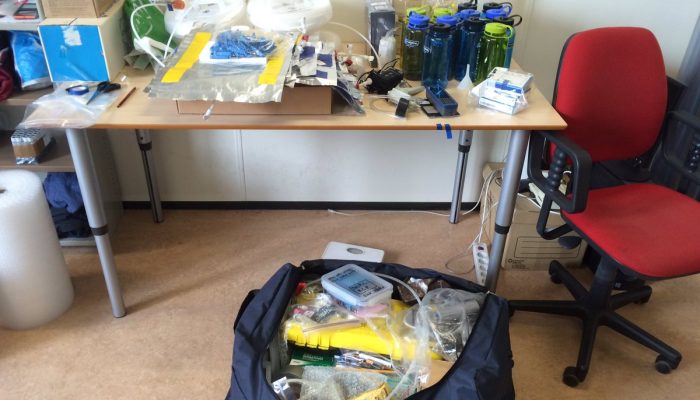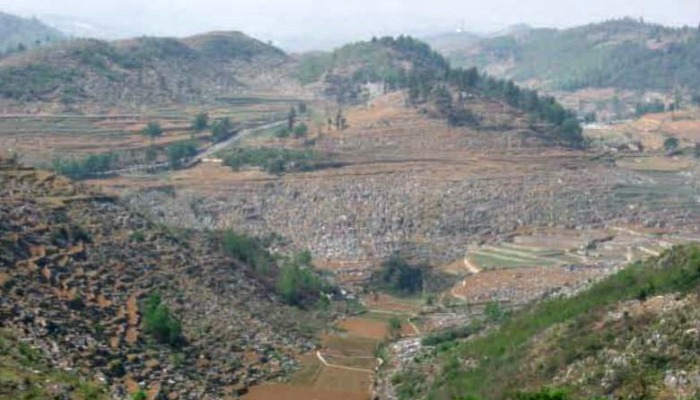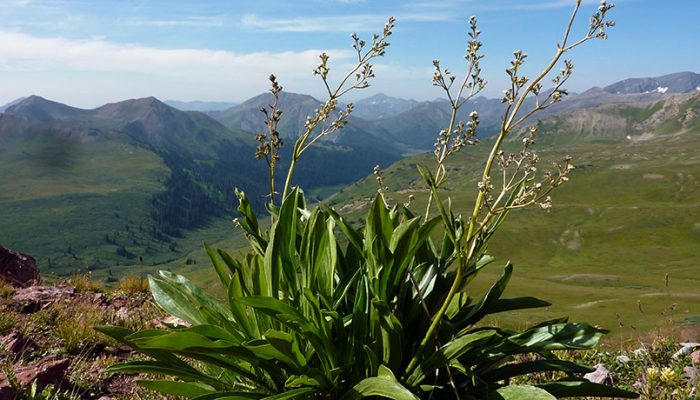Most seismologist see earthquakes regularly on screen. We look at the wiggles and try to process them so that we can find useful information about the Earth’s structure. But did you ever listen to earthquakes? Here are just some links to pages where you can dive into the earthquake sounds: Listening to earthquakes on USGS On soundcloud Earthquake music Seismic Sound Lab of the Lamont-Doherty ...[Read More]
Cryospheric Sciences
Image of the Week — Looking for ice inside a volcano !
Who would think that one of the world’s most active volcano shelters the southernmost persistent ice mass in Europe!? Yes, you can find ice inside Mount Etna! Located at an altitude of about 2,040 m above sea level, the Ice Cave (Grotta del Gelo) is well known among Mt Etna’s volcanic caves due to the presence of columns of ice on its walls and floor which occupy about the 30% of the ...[Read More]
Soil System Sciences
TOP-30 papers in the TOP-10 journals of the SOIL SCIENCES category (IV): BIOLOGY AND FERTILITY OF SOILS
Interested in the most relevant soil articles of 2015? In this short series of posts I’ve compiled a list of the 30 most cited articles of the top ten journals in the category of SOIL SCIENCES. Today: BIOLOGY AND FERTILITY OF SOILS.
Cryospheric Sciences
Fieldwork at 5,000 meters in altitude
Imja Lake is one of the largest glacial lakes in the Nepal Himalaya and has received a great deal of attention in the last couple decades due to the potential for a glacial lake outburst flood. In response to these concerns, the UNDP has funded a project that is currently lowering the level of the lake by 3 m to reduce the flood hazard. The aim of our research efforts is to understand how quickly ...[Read More]
Soil System Sciences
TOP-30 papers in the TOP-10 journals of the SOIL SCIENCES category (III): EUROPEAN JOURNAL OF SOIL SCIENCE
Interested in the most relevant soil articles of 2015? In this short series of posts I’ve compiled a list of the 30 most cited articles of the top ten journals in the category of SOIL SCIENCES. Today: EUROPEAN JOURNAL OF SOIL SCIENCE.
Biogeosciences
What´s in your fieldbag? Part 1: measuring freshwater carbon fluxes in the Artic
This bag belongs to Joshua Dean, Postdoc, Vrije Universiteit Amsterdam Field Work location Far Eastern Siberian Arctic: Kytalyk Nature Reserve. Duration of field work 2 weeks plus 3 days travel either side. Items in the bag Detecto Pak-Infrared (DP-IR) gas analyser [borrowed from colleagues, protect at all costs] EGM4 CO2 gas analyser [borrowed from another department, protect at all costs] water ...[Read More]
Soil System Sciences
TOP-30 papers in the TOP-10 journals of the SOIL SCIENCES category (II): SOIL BIOLOGY & BIOCHEMISTRY
Interested in the most relevant soil articles of 2015? In this short series of posts I’ve compiled a list of the 30 most cited articles of the top ten journals in the category of SOIL SCIENCES. Today: SOIL BIOLOGY & BIOCHEMISTRY.
Soil System Sciences
TOP-30 papers in the TOP-10 journals of the SOIL SCIENCES category (I): LAND DEGRADATION & DEVELOPMENT
Interested in the most relevant soil articles of 2015? In this short series of posts I’ve compiled a list of the 30 most cited articles of the top ten journals in the category of SOIL SCIENCES. Today: LAND DEGRADATION & DEVELOPMENT.
Soil System Sciences
Monday paper: The challenge and future of rocky desertification control in karst areas in southwest China
Zhang, J. Y., Dai, M. H., Wang, L. C., Zeng, C. F., and Su, W. C. 2016. The challenge and future of rocky desertification control in karst areas in southwest China. Solid Earth, 7:83-91, DOI:10.5194/se-7-83-2016, 2016. Karst ecosystems in China are one of the main objectives of desertification control, since its conservation is important for economic and social development, especially of th ...[Read More]
Biogeosciences
Coffee break biogeosciences – climate change affects mountain plant’s sex ratios
As climate change progresses, widespread changes in phenotypes in many plant populations are bing observed by scientists around the world. For instance in alpine areas, dominant plant species on lower altitude are shifting towards higher altitude as they adapt to increasing temperatures, thereby competing with high-altitude native plant species. In a recent study by Petry et al. (2016) it was show ...[Read More]



